Do you struggle through the sewing process as you create with fabric, needle, and thread? Or maybe it comes pretty easy to you but when you are finished, you just aren’t satisfied with the look of the finished project. If you are not happy with your sewn projects, it may be time to go back to the basics. Once you gather your supplies and start the project, there are four ways you can improve your sewing if you pay particular attention to the following basic steps.
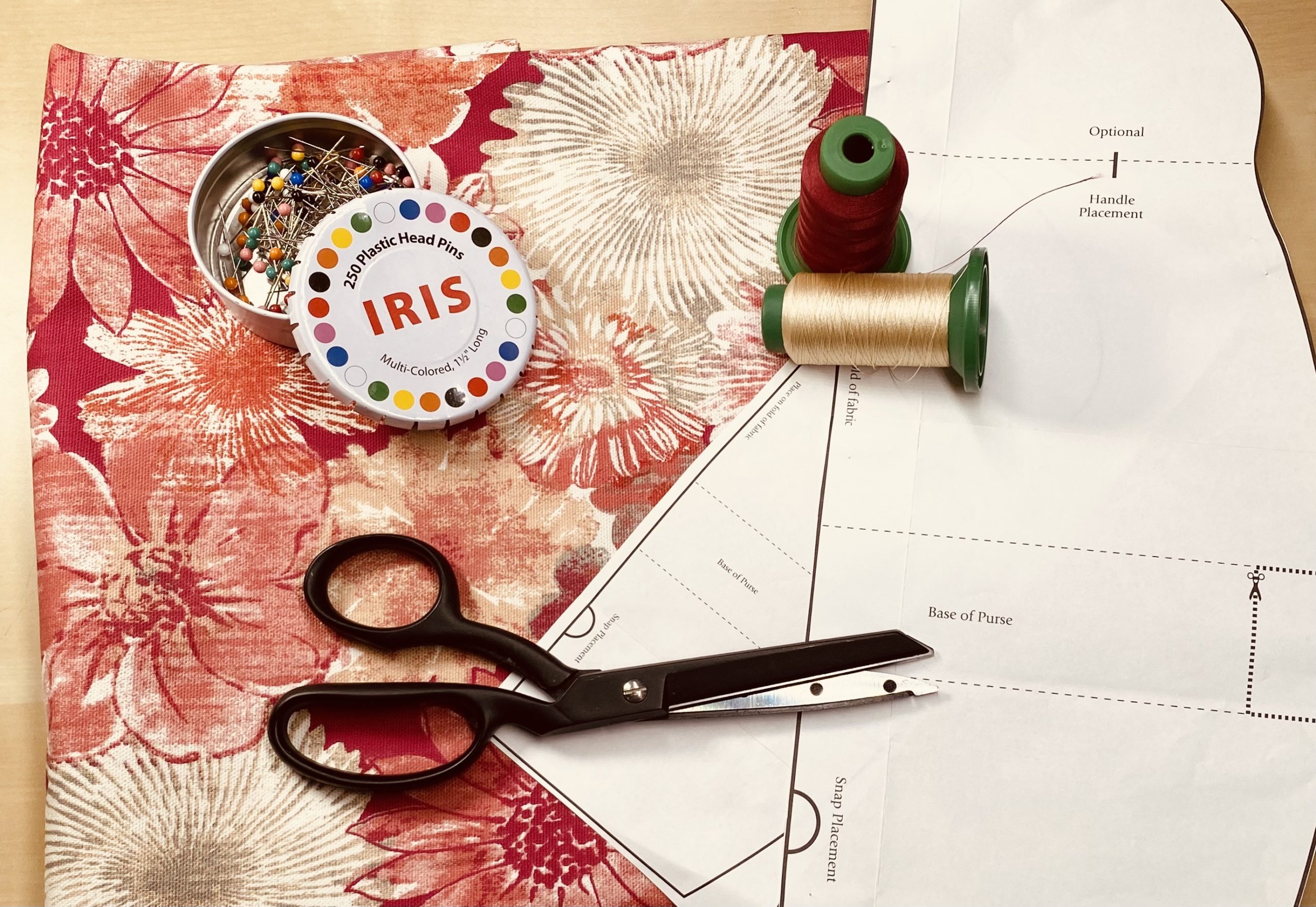
BASIC #1 – Cut Accurately
One of the first things you will do is cut out your pattern pieces. Be as accurate as you can because you may have problems throughout the entire process if the pieces are poorly cut. This is especially true if you are making garments that need to fit your body or patchwork pieces that work together to form a specific pattern. But even of you are sewing a purse, a placemat, or an apron, cutting the pieces accurately makes everything after that go smoother.
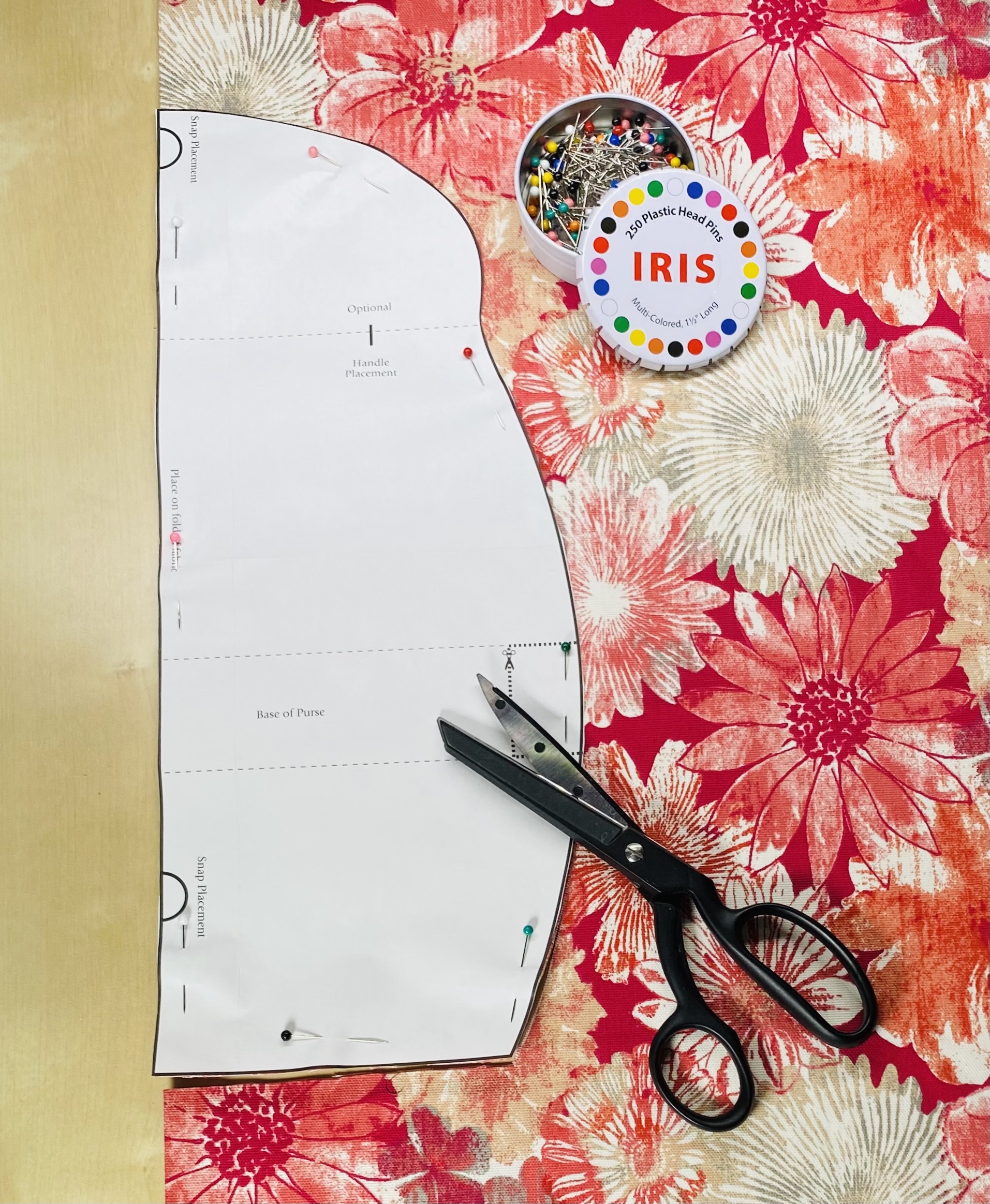
BASIC #2 – Stitch Precisely
You’ll find the stitching part to be easier if you have cut accurately. That, of course, seems logical, but it took me a while to realize that if I took my time and did not rush through the cutting step, the pieces just went together more smoothly and accurately. When seaming fabrics, you are measuring from the raw edges to find your seam line. If the raw edges are cut correctly, it’s much easier to sew the seam exactly where it needs to be. Guide your fabric along the engraved lines on the stitch plate so you’ll have even and consistent seam allowances. Find the line for your size seam allowances (usually 1/4”, 1/2”, or 5/8”) and guide the raw edges along the line for the best results.
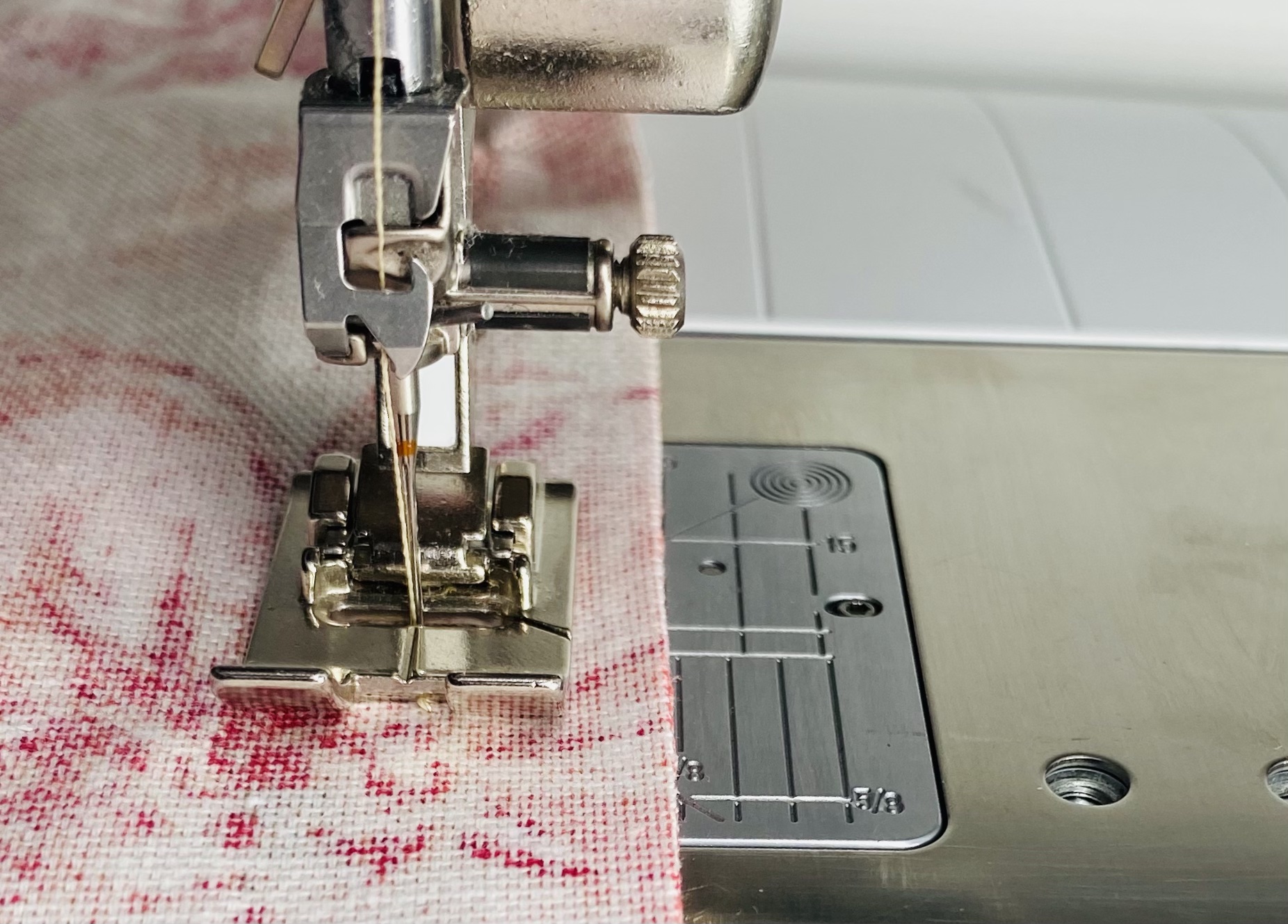
BASIC #3 –Press Carefully
Poor pressing or no pressing at all is the #1 reason why some projects look “homemade”. You should start with pressed fabric. If it is creased or wrinkled from the bolt or from being folded in your stash, press it before cutting. Use steam if needed and let the fabric dry before lifting it from your ironing surface. Otherwise, the wrinkles will return. As you sew, press each seam before joining the fabric to another piece. Use the 2-step pressing method for each seam. First, press the seam as it was sewn to set the stitches, melding them into the fabric.
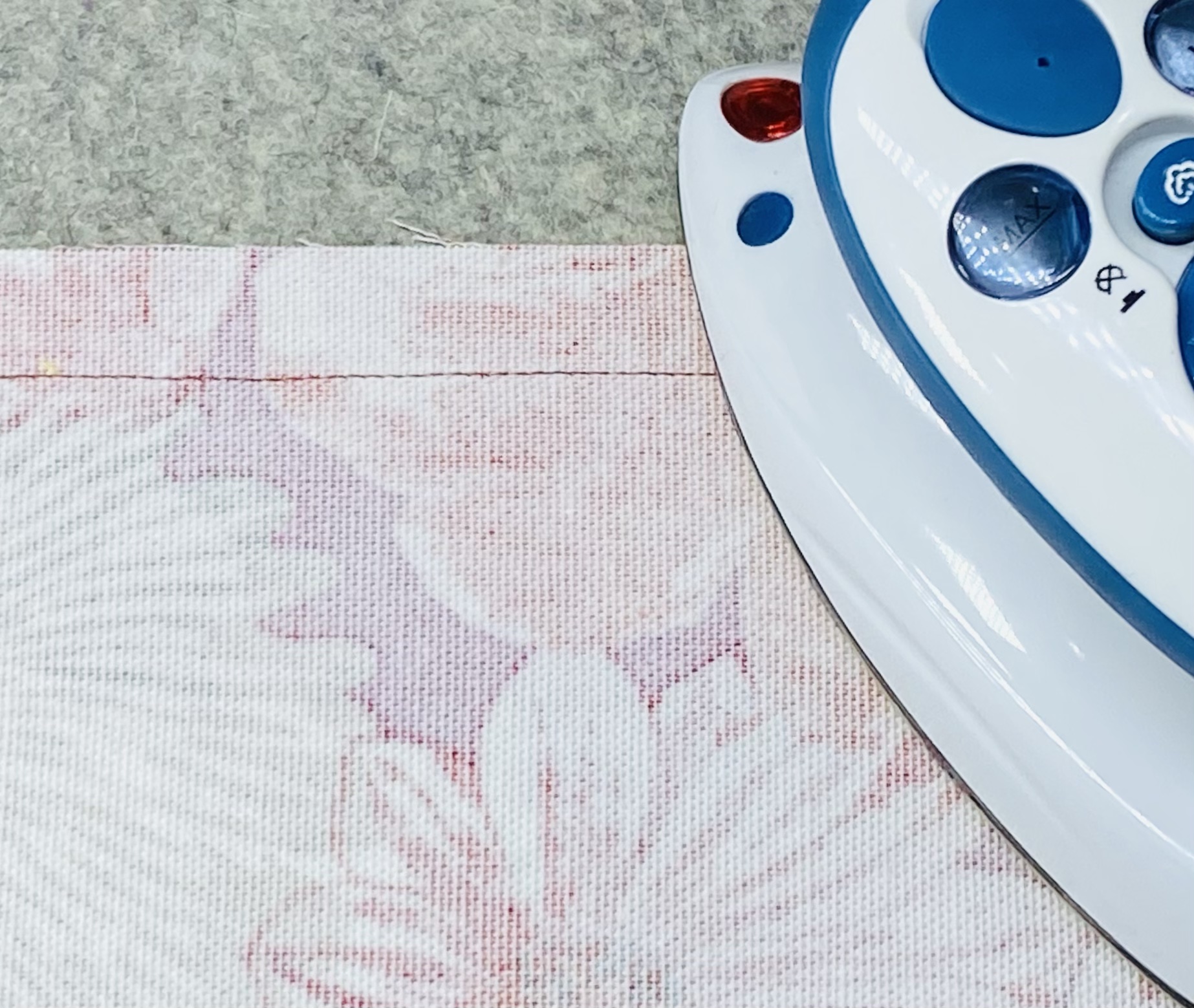
Second, press the seam to one side or open, depending on what works for your project. When you finish the project, give it a final press for the a newly-minted look.
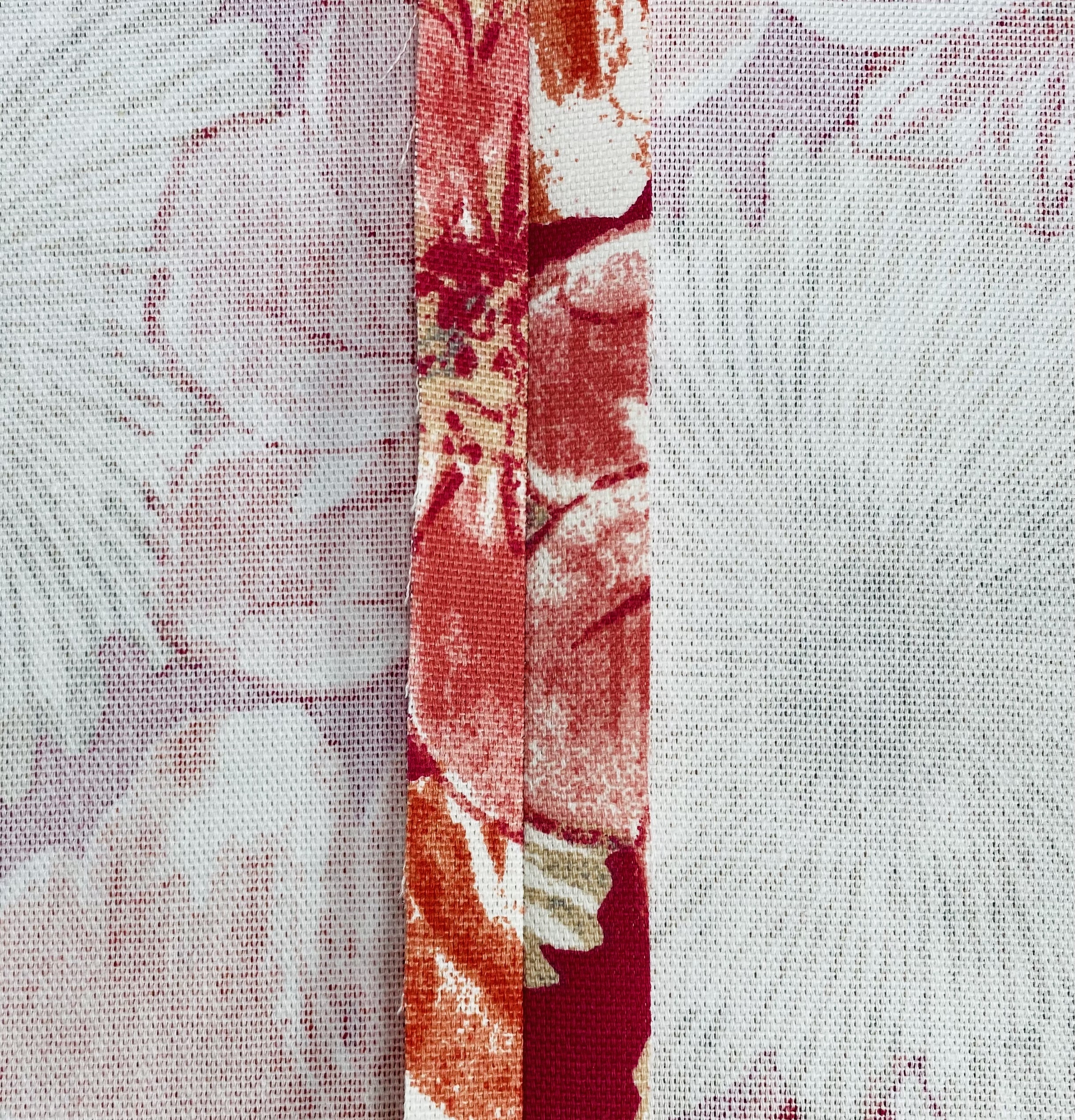
BASIC #4 – Select the Correct Presser Foot
You can sew a wide range of techniques with an all-purpose presser foot. The finished technique may look acceptable, but other presser feet options may be available for easier stitching with more precision, resulting in exact, well-defined stitches. An example of this is topstitching or edgestitching. Using an edgestitch foot gives you a guide that makes it easy to stitch perfectly parallel to your project edge, perfection that is almost impossible to get with an all-purpose foot. Exploring the specialty feet available for your sewing machine can really help to elevate your sewing skill level.
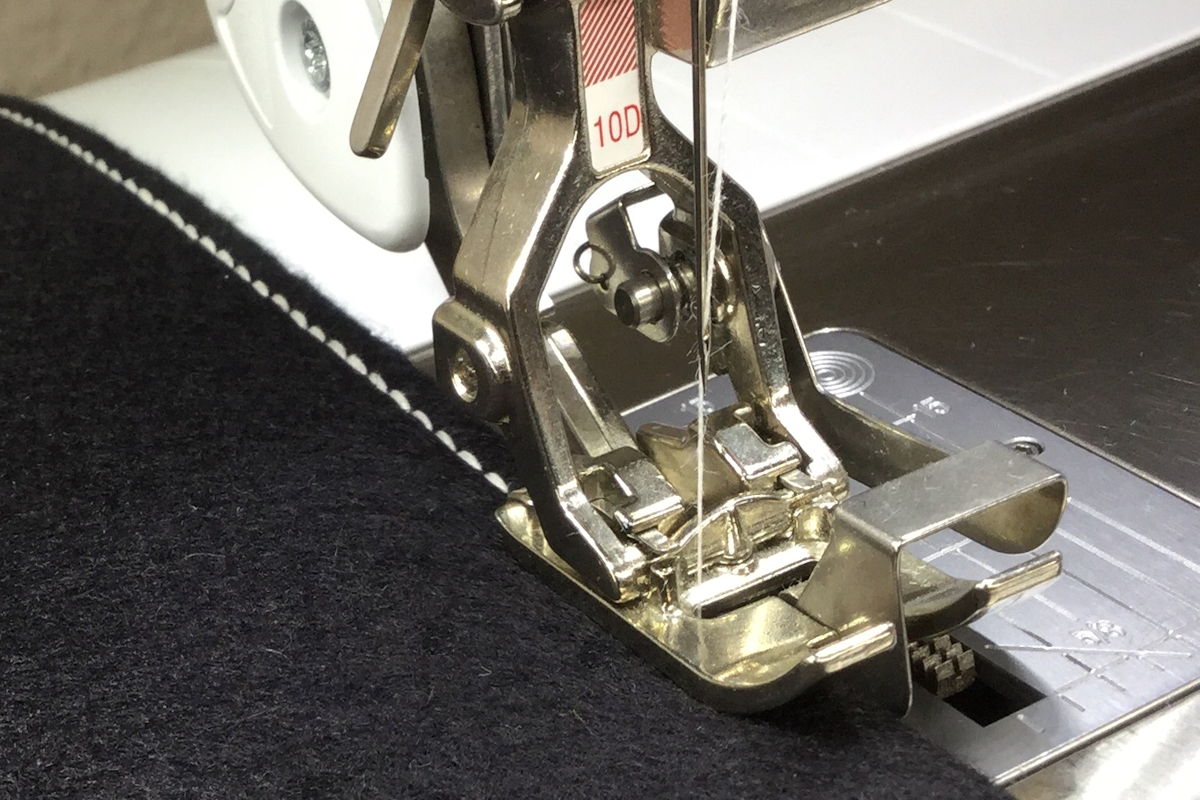
So, if you are not satisfied with your sewing, try focusing on these four basic steps. Even if you think you are doing them correctly, a little more concentration and attentiveness to them may make a big difference!

If you haven’t already, check out my new course about presser feet. Click here, Courses & Classes, or at the top of this page for more information.

